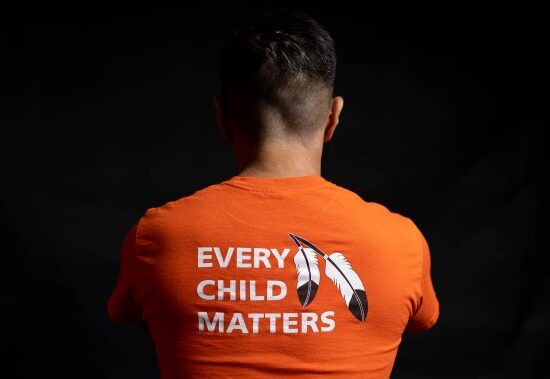
For the past 53 years, April 22 has been Earth Day. It started as a call for a regeneration of a polluted environment and has since come to focus on climate change.
Since we’re covering news and events every day that affect our planet, we compiled this list of articles for the day that we hope will inspire, surprise and entertain you. It’s not exhaustive. To keep up with everything we’re doing, consider signing up for our twice-a-week newsletter, Climate Forward.
1. Here’s how one couple fought to ‘wild’ their lawn, and ended up changing state law.
2. And how a rancher reached a truce with beavers.
As global warming intensifies droughts, floods and wildfires, Agee Smith has become one of a growing number of ranchers, scientists and other “beaver believers” who see the creatures not only as helpers, but as furry weapons of climate resilience.
Mr. Smith’s father, Horace Smith, blew up a lot of beaver dams in his life. But working with beavers can help to store precious water and rejuvenate land ravaged by climate change. As long as you don’t dynamite their homes.
It Was War. Then, a Rancher’s Truce With Some Pesky Beavers Paid Off.
It’s a lesson in how to coexist with other species, many of which are in peril from staggering declines in biodiversity.
3. California has had a wild weather year. Scientists saw it coming.
In August, scientists published a paper examining what might happen if a “megastorm” were to hit California. By January, the state had been hit by a multitude of atmospheric rivers, though not to the extent the paper had suggested. But it was a reminder of how a warmer planet is one with more extreme weather and it raised questions about whether our approaches to crippling storms are up to the challenge to 21st-century climate threats.
4. The majestic monsoon touches nearly a quarter of humanity. And it’s changing in dangerous ways.
The rainy season across South Asia is a spectacular time of year, captured over the centuries in poetry, in movies, in popular music and in daily life. But now, climate change is making the season far more dangerous and unpredictable.
We captured the beauty and peril in a journey across the region. Along the way, we found remarkable stories — including a group of rural schoolkids who help run an innovative early warning system
5. Surprising solutions: How to bury carbon dioxide in a concrete block.
Big buildings are a big source of emissions. To fix that, one company in New York City wants to capture carbon dioxide at the source, liquefy it and bury it in concrete blocks like the ones pictured above. In fact, it’s already doing it.
If that seems like a circuitous way to reduce emissions, that’s because it is. But, it turns out, some of the more obvious ways to reduce emissions, like swapping gas and oil for cleaner electric heating, can be a costly and logistical challenge.
This is all in response to a sweeping new climate law in New York City, which requires buildings to cut emissions or face fines. It’s turned the city into a laboratory of sorts, forcing change and innovation as property owners scramble to avoid huge penalties.
6. Seaweed: the slimy stuff with many superpowers
Look, out in the ocean. It’s a snack. It’s a blob. It’s seaweed.
Seaweed is having a moment far beyond its traditional delicious place in Asian cuisine.
Scientists and entrepreneurs are experimenting with seaweed-based plastic substitutes. They are investigating its potential to pull carbon dioxide out of the air. And they’re feeding it to cattle to make them burp less planet-warming methane.
Yet there are big questions. For instance, can seaweed itself thrive in a warming world?
7. Meet two climate activists, 40 years apart in age.
Bill McKibben published his first book over 20 years before Xiye Bastida was born. But as climate leaders, they agree that “for an activist to have hope is the most important thing.” The Times spoke with them both this year.
Ask your climate questions here, on Earth Day or any day.
Climate change is a big topic that can be hard to wrap your head around. We’ve gathered answers to climate questions big and small and are taking note of new questions to answer, too.













